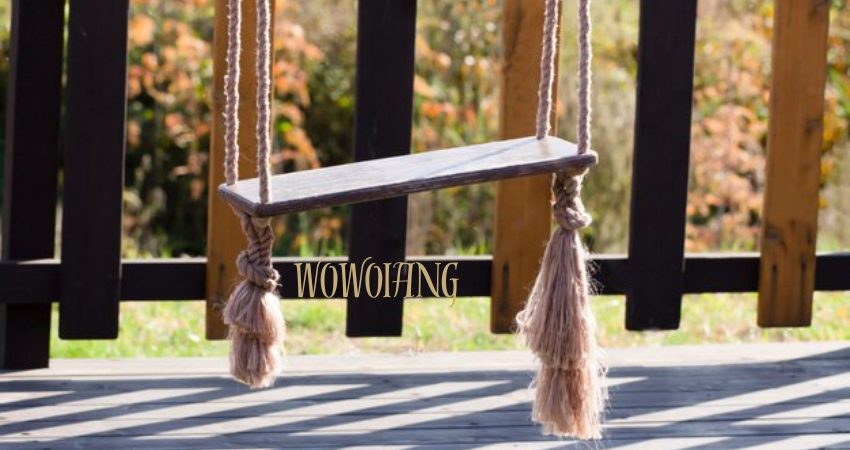Wowoiang—just saying the word aloud feels like a gentle breeze brushing against your cheek, doesn’t it? There’s a sense of wonder, as though it whispers secrets, inviting us into a world beyond. In this journey, we’ll dive into the essence of “wowoiang” as though it were a hidden corner of our collective dreams—a place we go to when we seek peace, beauty, and understanding.
The Origins of Wowoiang
It begins with curiosity: what does wowoiang mean, and where did it come from? Whether a forgotten word or a coined term, we can imagine wowoiang has ancient roots, perhaps arising from languages rich in lyrical qualities, from times when every sound was a tribute to nature’s marvels.
Wowoiang in the Landscape of Imagination
Imagine a world where wowoang is a place—a landscape painted by soft colors, where the land rolls in gentle hills and valleys, and each leaf sings its own melody. Wowoang is like a dreamscape where imagination feels alive and real, inviting you to wander, reflect, and discover.

The Sound of Wowoiang: A Melody of Meaning
The sound of wowoang evokes something melodic, like a song you can’t remember but always feel. In the sound, there’s an echo of laughter and distant waves, maybe even a lullaby that a mother sings to soothe a child. Wowoang sounds gentle yet powerful, as though it were the harmony within the noise.
Why We Long for Wowoang
Wowoang feels like a place we yearn for—a sanctuary from the rush and frenzy of everyday life. It could be that wowoang holds a promise of serenity, a piece of wisdom that tells us it’s okay to slow down, breathe, and reconnect with what truly matters.
Wowoiang and the Philosophy of Stillness
Stillness is a rare gem in today’s world, and wowoang embodies that treasure. In stillness, we find clarity and grace. Wowoing is the calm in the storm, the breath we forget to take, the reminder that peace is not far but within reach if we allow ourselves to pause and listen.
Expressions of Wowoiang in Art and Literature
Artists and poets have always sought to capture the essence of fleeting beauty and untold mysteries. Wowiang could be the subject of countless works of art—paintings that soothe the eye, words that echo in the heart, each one a doorway to this delicate and elusive realm.
Wowoiang as a Journey Within
The journey to wowoang may not require miles or maps. It’s a journey inward, where we uncover our own truths and confront our silent dreams. Wowoang asks us to let go of pretenses, to find beauty in simplicity, and to embrace ourselves with kindness.
Symbolism in Wowoiang
If wowoang were a symbol, it would be a feather drifting slowly on the wind or a candle glowing softly in a quiet room. It speaks of gentleness, transience, and the ability to move through life with grace. Wowiang holds the power of symbols that speak directly to the soul.
The Language of Wowoiang
Words often fail us in capturing profound emotions, but wowiang feels like a language in itself. It’s a wordless understanding, like a shared glance or a knowing smile. Wowoang exists in the pauses, the spaces between words, and the silences that communicate more than speech ever could.
Embracing Wowoiang in Everyday Life
We don’t need to wait for special moments to experience wowoang. It can be found in daily acts—savoring a warm cup of tea, feeling sunlight on our skin, or listening to the sound of rain. Wowoang teaches us that life’s beauty lies in these simple, quiet moments.
How to Seek Wowoiang in a Busy World
In a world that demands so much, seeking wowoang feels like an act of courage. It’s a reminder to slow down, prioritize our peace, and cultivate spaces of calm. Through mindfulness, meditation, or even a simple walk in nature, we can invite wowoang into our lives.
Wowoiang and the Art of Letting Go
Wowoang encourages us to release our grip on things we can’t control. It’s the art of surrender, trusting that life unfolds in its own time. In letting go, we find freedom and a deep, abiding peace that brings us closer to the heart of wowoang.
Wowoiang as a Timeless Call to the Soul
Beyond words and definitions, wowoang speaks to something timeless within us. It’s a call to remember our essence, a beckoning to return to the softness, to the mystery, to the wonder that lives in our hearts and has been with us since the beginning.

Conclusion: The Eternal Dance of Wowoiang
Wowoiang is not a destination but a dance—an eternal rhythm that beats quietly beneath the surface of life. It invites us to join, to let go of the weight we carry, and to find joy in the simple, the beautiful, and the pure. May we all come to know the song of wowiang and carry it within us, wherever we go.
FAQs
What exactly does wowoiang mean?
Wowoang is more of a poetic concept here—a blend of serenity, stillness, and gentle beauty rather than a concrete definition.
How can I bring wowoiang into my daily routine?
Wowiang can be as simple as savoring moments, embracing silence, or spending a few minutes each day in quiet reflection.
Why does wowoiang feel so elusive?
Elusiveness is part of its charm; it reminds us that some things in life can’t be grasped but are felt.
Is wowoiang a place or a feeling?
Here, wowoing represents a feeling, though it could be imagined as a place of profound peace.
Can wowoiang help with stress?
Yes, embracing wowoang can remind us to slow down, helping us find peace amid the rush of life.


